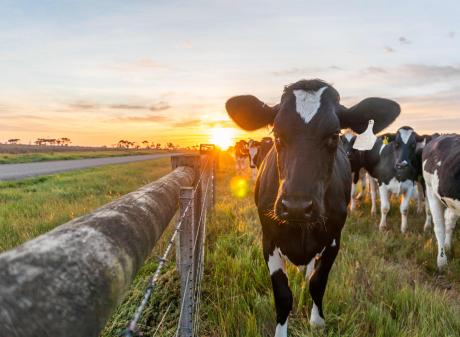Australian and New Zealand research indicates glyphosate is most likely to be found in the urine of farmers and spray operators as opposed to the general public, but more research is yet to be done.
University of Queensland research fellow Sarit Kaserzon said her study revealed the levels of herbicide chemical glyphosate in the general population of Australia was low.
The study found 8% of urine samples from more than 1800 Australians contained glyphosate.
Samples were provided by people of all ages, Dr Kaserzon said.
Glyphosate was being detected mostly in people aged between 45 and 65, she said.
The hypothesis for the chemical being more prevalent in the age group was they were more likely to be working with it from being home gardeners and farmers, Dr Kaserzon said.
She believed those Australians with glyphosate in their system would have worked with the chemical in the days leading up to providing a urine sample.
After someone was exposed to glyphosate, it took about two days to leave their system, she said.
She believed the low levels in the general population showed people were not being exposed to the chemical because food and drinking water were being sprayed with the herbicide.
"If it was, you would see more prevalence in the detection rate."
The centre she worked in, the Queensland Alliance for Environmental Health Sciences, was collaborating with Massey University on glyphosate research.
Massey University scientists researched 27 farmers and contractors who applied glyphosate in New Zealand in different ways, such as spray boom and knapsack.
Scientists from Massey found all but one of them had high levels of glyphosate in their system immediately after spraying it.
The Massey research was being assessed by scientists at the Queensland Alliance for Environmental Health Sciences.
Both parties had jointly applied for and been awarded an Australian Research Council grant for three years for further research on glyphosate.
"It will start later this year and will look at what drives exposure and how we can reduce it."
Farmers in New Zealand and Australia would be researched, Dr Kaserzon said.
Scientists did not fully understand how people were being exposed to the chemical.
Findings from the research would be released by Massey University in the future, Dr Kaserzon said.
Massey University professor Andrea ’t Mannetje, the researcher who is managing the cohort of farmers and spraying contractors being researched in New Zealand, said she was studying more than 100 pesticide users, such as farmers and spraying contractors in New Zealand including in the South.
"To look at what the levels of pesticides are in their urine and on patches on their skin to look at skin exposure of chemicals."
The research aimed to identify ways to reduce exposure to the chemicals.
Glyphosate had been detected in the urine and on the patches.
The research was ongoing.
"We are still analysing the samples."















